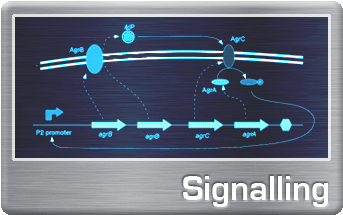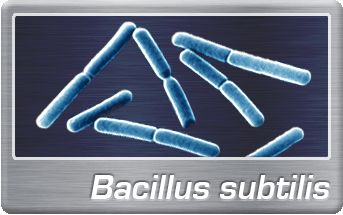Team:Cambridge
From 2008.igem.org
(Difference between revisions)
| Line 31: | Line 31: | ||
<div style="height: 400; padding: 5px; background:#fff; line-height:170%"> | <div style="height: 400; padding: 5px; background:#fff; line-height:170%"> | ||
<h1>Voltage</h1> | <h1>Voltage</h1> | ||
| - | In order to simulate | + | In order to simulate neural activity in bacteria, a mechanism resembling a synapse is necessary. At the synapse, neurotransmitter molecules are released from the presynaptic plasma membrane. The neurotransmitter diffuses through the synaptic cleft and binds to chemical receptor molecules on the membrane of the postsynaptic cell. These receptors cause ion channels to open so that ions rush out, changing the transmembrane potential. Attempting to mimic this in a prokaryotic system is particularly attractive as, in a more general sense, it provides an interface between chemical or biological and electrical systems. Using the amino acid glutamate as our 'neurotransmitter', we have successfully demonstrated a voltage response in bacterial cells. |
</div> | </div> | ||
</div> | </div> | ||
Revision as of 02:33, 30 October 2008
 "
"





